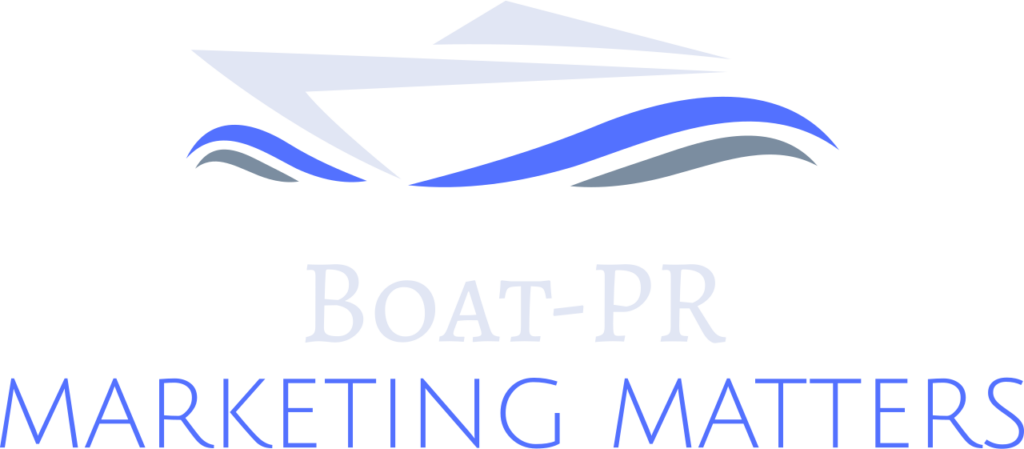Does your typical sales and marketing messaging sound like this? “We offer cutting edge technology.” “We feature best in class service and support.” “We have the best people.” “We are the market leaders. “We are the fastest.” “We are the cheapest.” We are the ______.”
Don’t “we” “we” all over your customers. Your sales teams will never migrate from vendor or supplier to trusted partner if you don’t make your messaging – and your solutions – more relevant to your customers. In other words, it’s about them, not you.
Watch your “you” to we” ratio
I coach our clients to strive for at least a 3:1 ratio of “you” to “we” in their copy.
Here’s why. There is a new paradigm in business today. The old fashioned ways of telling and selling are over. Your audience is time-starved and in control as never before. To get – and keep – their attention, you need to think differently, and act differently, both on a global level, and one-on-one.
When you do that, connect customer insights to differentiate the buying process, you create a clear competitive advantage.
So how do we become more customer-centric, find new ways to demonstrate value and show up differently?
Your customer is the hero of the story
To start with, make your prospect or customer, not your company’s solution, the central character of your sales and marketing stories. Frame the story from their prospective, not yours.
Come into your customer’s world as a mentor; a guide who will provide clarity and direction and some of the tools they need to be successful in their journey.
Christopher Vogler, a Hollywood film producer and writer, wrote a seven-page memo for Disney Studios on the use of this type of storytelling as a guide for scriptwriters. The memo influenced the creation of such films as “Aladdin,” “The Lion King,” and “Beauty and the Beast.”
Vogler later expanded the memo and published it as the book “The Writer’s Journey: Mythic Structure For Writers,” which reportedly became the inspiration for a number of other successful Hollywood films, including “Noah,” “Fight Club,” “Black Swan” and others.
Here are some of the stages and steps along this journey:
- Call to adventure – the hero starts in the ordinary world, and receives a call to enter an unusual place filled with strange powers and events
- Road of trials – hero faces obstacles, and often survives a severe challenge only because of some outside help they earned and received along the journey
- Improve the world – If the hero survives, the hero may achieve a great gift, either important self-knowledge, or something that can change the world for the better
So how can we apply these storytelling principles and structure to engage your audience? To create a competitive advantage?
Before and after
Here is some copy I cut and pasted verbatim from the website of a random radio-frequency identification company (RFID) that services retailers we can use as a “before” example.
Before: “A & A Solutions, Inc. works with its clients to produce high quality, cost effective solutions that are on time and within budget. We believe our success is built upon the success of our clients by enabling them to provide ‘best of breed’ products and services to their customers. Our team has developed the next-generation of Active RFID technology to achieve greater security reliability and better functionality and usability than any other technology available.”
Blah, blah, blah, right?! Change a few of the words and that kind of generic copy could be applied to virtually any company in any vertical. And it has zero value when it sounds like everyone else.
Now let’s look at that copy when we rewrite it, in the customer’s language. It features transformation. This is what our customers’ world looked like before; this is how different it looked after they hired us.
After: “What if you could engage with your customers – in real time – while they are in your store? Imagine a world where your customer can shop comparatively, provide feedback, and share their experience via social media with the technology they already carry. By implementing RFID technology from A & A Solutions we can give customer’s mobile devices the ability to exchange information with you – and the world. You’ll get real return when you can respond to customer queries and complaints immediately by receiving push notification updates. Manage your staff and business better by viewing real-time information on what is happening in your business. Use the smart analytics to help enhance productivity and profitability. All it takes is a tap.”
Comprenez-vous la différence?
Making marketing more relevant
The stakes are high when it comes to sales and marketing stories that get – and keep – someone’s time and attention.
In fact, over 90% of what people think of us, our products, websites, ideas, etc., is determined in the first three seconds. So there’s not much time to create an emotional connection and lay a sales-forward foundation. And that is something we must do before someone will do business with us.
Here are some takeaways to make your sales and marketing messaging more relevant:
- It’s about them, not you
- You are the mentor, not the hero
- Translate your story into your customer’s world
- Make your customer the central character
- Use “You” phrasing instead of “We” at a 3:1 ratio
The good news is it has never been easier to reach large numbers of people with our sales and marketing messages. The bad news is it has never been more difficult to create connections with them. And you’ll never accomplish that with messaging that we we‘s all over your customers and prospects.





No comment yet, add your voice below!